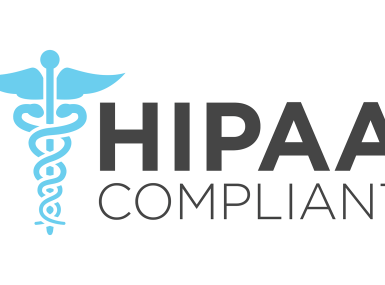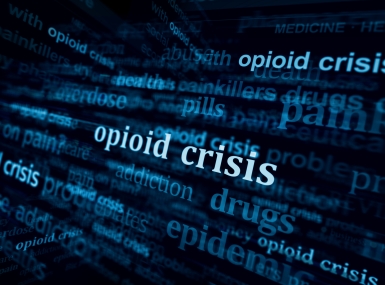Fighting opioid addiction – one life at a time
Upcoming Events
Related News

Key Takeaways
From Our Partners
This post is sponsored by our partners at Netsmart.
The opioid crisis is one of the most serious issues facing our nation. Drug overdose deaths increased by 55% from 2019 to 2022 during the COVID-19 pandemic, with 75% of these fatalities resulting from opioid use.
Overdose is now the leading cause of injury-related death in the United States, according to the Centers for Disease Control and Prevention (CDC). However, their 2021 data shows that 66.8% of fatal overdoses had at least one potential opportunity for intervention. This statistic provides hope for those in addiction treatment: a single intervention can save a life.
How can provider organizations coordinate effective interventions? We believe three strategies are key in combating the opioid crisis:
- Integrated Care
- Policy
- Technology
Read on to learn the importance of these strategies and how your organization can leverage them.
Integrated Care
Integrated care is now the gold standard in behavioral health. Annually, more clinics receive grants to become Certified Community Behavioral Health Clinics (CCBHCs), expanding coordination of mental health with addiction treatment and primary care. This philosophy posits that treating conditions like opioid use is more effective when the patient’s full history is known. Individuals with Opioid Use Disorder (OUD) often have elevated physical health conditions due to factors like delayed healthcare and Social Determinants of Health (SDoH). According to a McKinsey report, integrated care could reduce the total healthcare spend in the U.S. by $185 billion.
Integrated care is not new, but we are now seeing alignment of funding mechanisms, regulatory enhancements, and technology to support treating the whole person. The current environment provides tools to combat the opioid crisis by coordinating co-morbidities and addressing social, environmental, and digital well-being of individuals with OUD.
Policy
Since 2016, the federal government has been enhancing policy and funding to combat the opioid crisis. The Congressional Budget Office outlines a three-fold strategy:
- Reduce demand for opioids by preventing and treating OUD
- Reduce supply by limiting inappropriate and nonmedical use of prescription opioids and the supply of illegally produced opioids
- Reduce harm from OUD by supporting the health of people with OUD until they seek treatment
The expansion of CCBHC and various opioid legislations is increasing access to and use of treatment for individuals with OUD. As funding continues and regulations are enhanced, now is the time to invest in technology to address integrated care for sustained recovery and workforce efficiency.
Technology
“In what should I invest, and how?” As a treatment community, we have an opportunity to rapidly expand whole-person care. Investing in tools that complement your Electronic Health Record (EHR) is essential. Consider expanding interoperability tools beyond Continuity of Care Document (CCD) sharing, such as:
- Care management solutions for risk stratification at the population and individual levels
- Predictive analytics beyond standard KPIs
- Broadening patient engagement to include digital therapeutics
- Workflows and apps for remote support
The right intervention at the right time saves lives, and predictive care sustains recovery.
To learn more about leveraging technology, check out these resources:
- Webinar: Fighting the Opioid Crisis with Whole-Person Care
- Population Health Management
- Goodbye Data Entry, Hello Seamless Interoperability
- SAMHSA Advisory: Digital Therapeutics for Management and Treatment in Behavioral Health
Using the strategies and resources outlined in this blog, your organization can harness technology to tackle the opioid crisis, one life at a time.
Related News

Unlocking Federal Funds: How Technical Assistance Empowers Rural Counties
Rural communities across America are facing an increasingly complex funding landscape. Federal policy shifts, budget cuts and administrative hurdles make securing grants more challenging than ever.

#LightAPath for Amazon Deliveries This Winter
During reduced daylight hours, Amazon is encouraging customers to help drivers when they are delivering their packages in the dark.

New in 2025: Counties Should Prepare Now for the Upcoming HIPAA Security Rule Update
Counties across the country are leveraging the Sectri platform to achieve HIPAA Security Rule compliance and to proactively prepare for the updated requirements set to be finalized in 2025.














